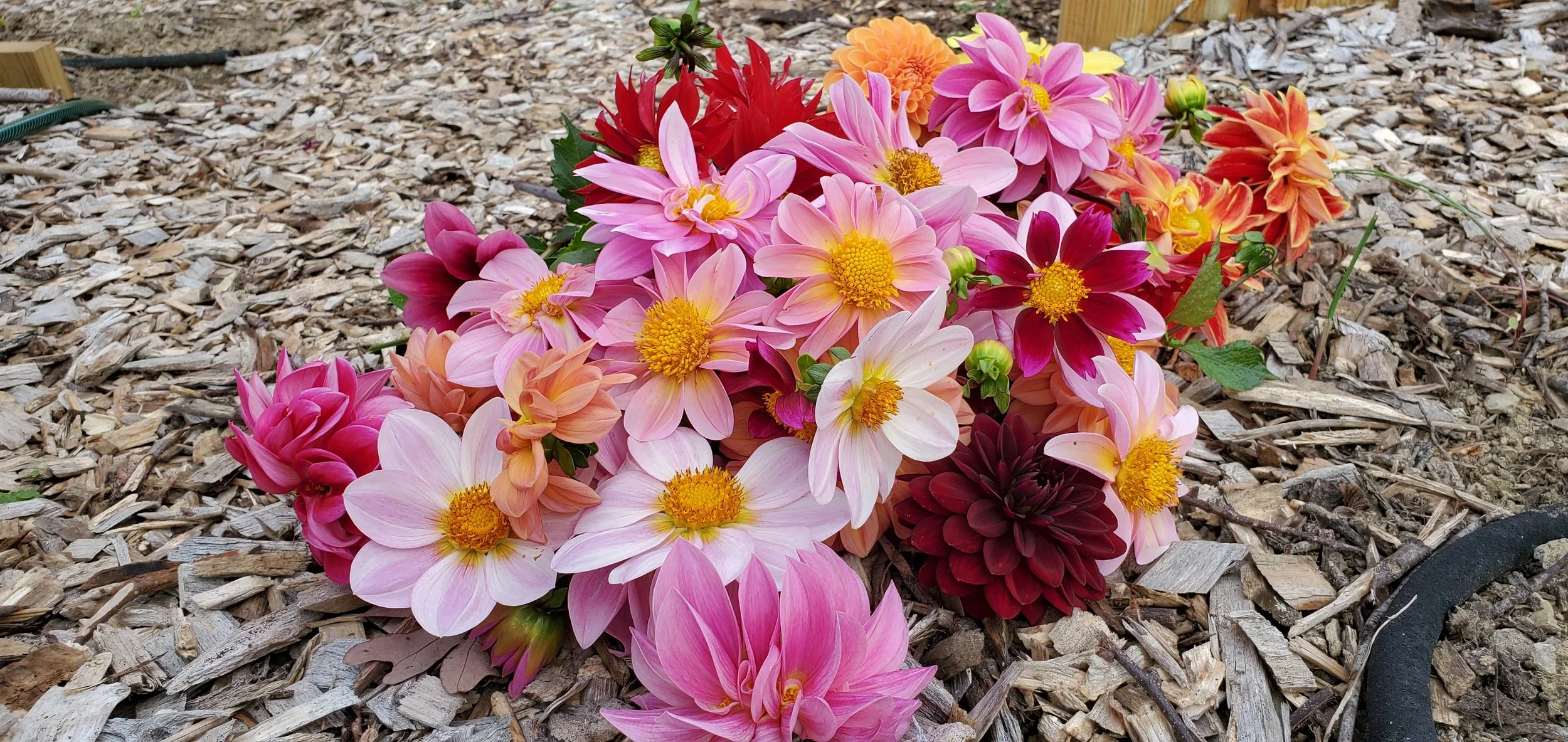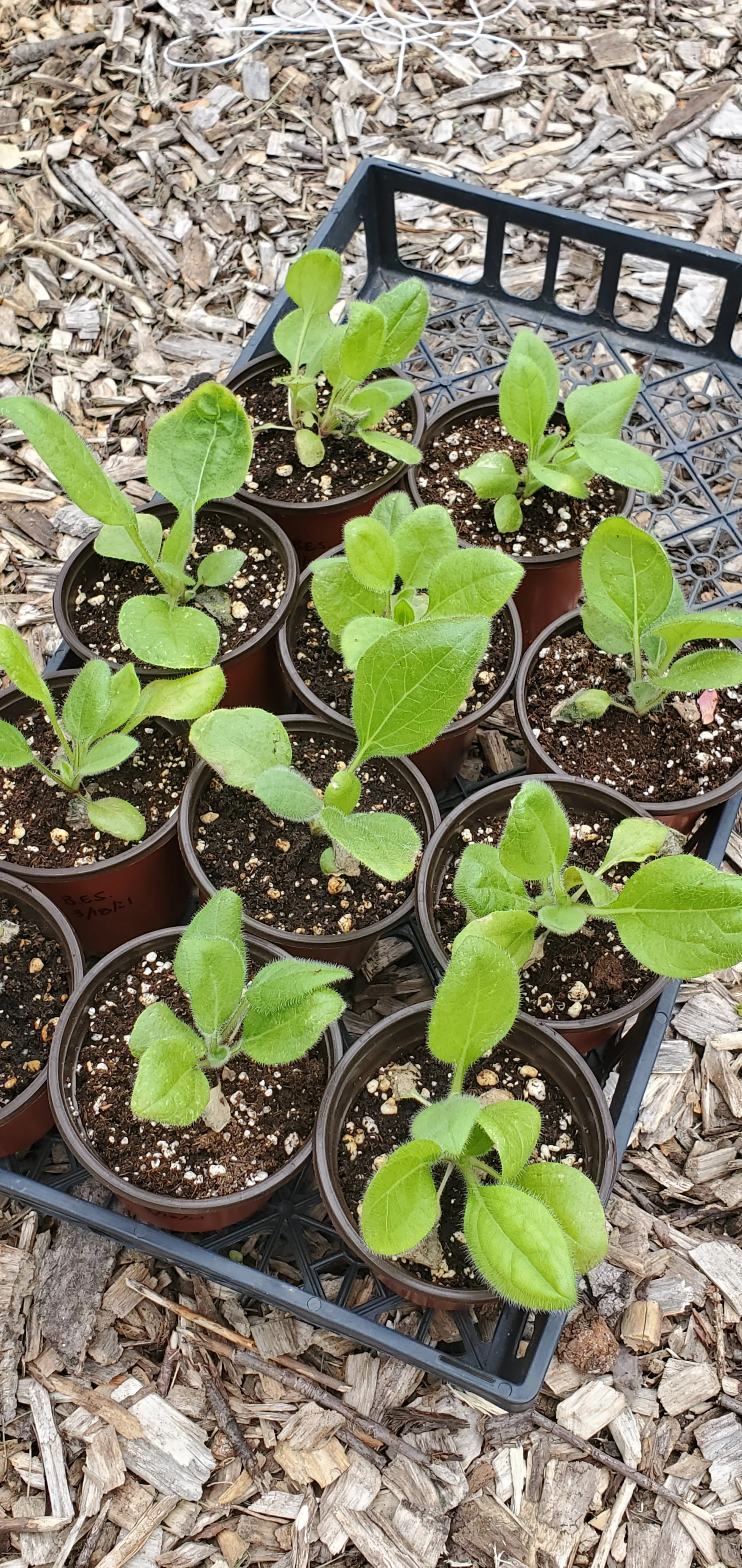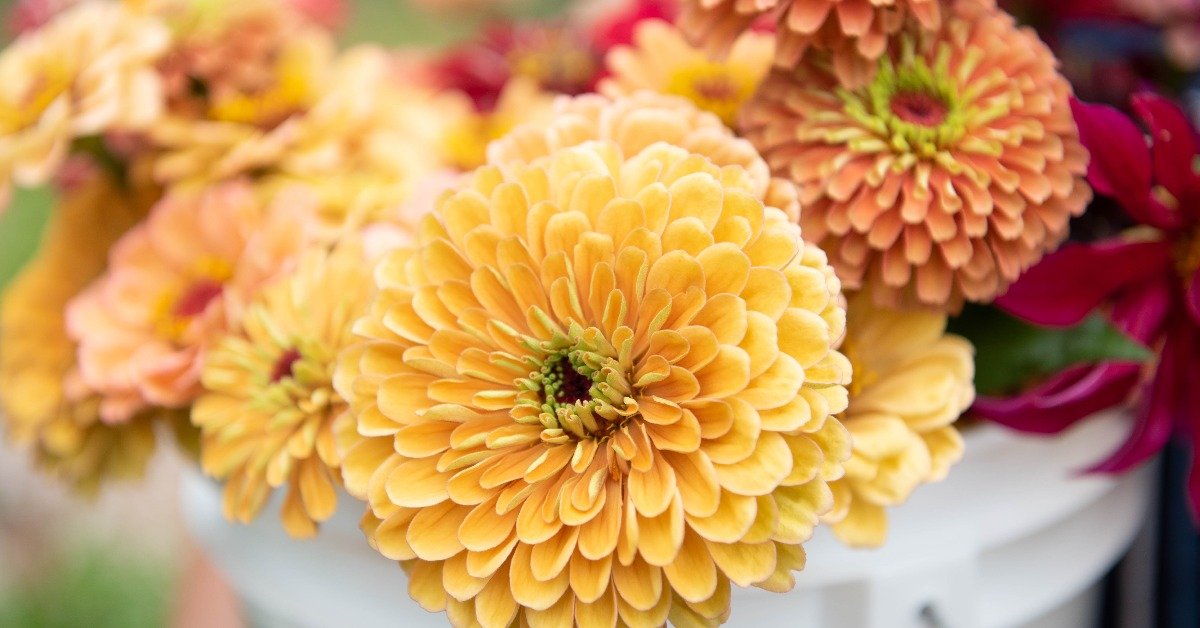How to Project Your Flower Farm Sales as a New Farmer
One of the most challenging steps in starting a new flower farming business is creating a budget to meet your business goals.
There are two parts to a budget—your anticipated expenses and your predicted revenue. Both are equally important, but when I created my budget for my first year in business, I felt a little more overwhelmed trying to predict how much revenue my product would generate than I did by listing out my anticipated expenses.
How was I supposed to determine my projected sales without having any previous sales data or experience to reference?
It was hard to find a good starting point. In my first year, I decided I would only sell bouquet subscriptions (or a flower CSA), where I would deliver one bouquet to a customer’s home each week for six weeks.
I ran two subscriptions—an early summer subscription and a late summer subscription—for 12 weeks.
I needed to determine how many bouquet subscriptions I could sell and what I should price them at to make a profit—so I had to find a way to estimate how many flowers I would have available each week to use for my bouquets.
To have an accurate budget, determine your projected sales.
Calculating Flower Farm Yield
To do estimate how many bouquets I could make, I came up with a detailed method for determining my anticipated flower yield, starting by using the following basic formula:
Determine how many plants of a certain flower variety I was going to plant
Using my own experience or a little bit of research, estimate how many useable stems each plant would produce
Multiply the number of plants by the number of stems to get a total stem count
The formula sounds simple, but it is just the start of determining actual flower yield.
It gets a little more complicated when you consider a few more factors:
Think about when each flower variety will be in season to ensure you’ll have enough flowers to support your production needs. Consider how long each seed you sow will take to grow into a fully-producing plant. Many common cut flower varieties like Zinnias, Celosia, and Dahlias don’t hit peak production until late July through August, so make sure you also grow flower varieties that peak in late spring or early summer, like Larkspur, Iceland Poppies, or Lilies. If you are succession planting to increase your harvest window for specific varieties, consider how that fits your timeline.
Consider that environmental factors (weather, pests, disease, etc.) and just the unpredictability of nature, in general, will result in some plants underproducing or not even growing. Also, not every flower produced will be perfect—sometimes the stems aren’t long enough or the petals don’t quite form right. Building a contingency into your anticipated yield will help account for unpredictable things. Multiply your total yield by 60-70%. You can tweak this percentage as you gain experience each year and learn which plants are hardier or more subject to disease.
Remember that most plants don’t produce all of their flowers in one go. A zinnia plant can produce 15 or more stems per plant, but that is over the entire lifetime of the plant. You may only get 3-4 stems each week during peak production times and only 1-2 stems at the beginning and end of the plant’s life.
When I first calculated my anticipated flower yield, I just calculated one giant sum for the entire season without considering my harvesting schedule or the fact that most plants don’t produce all their flowers in one short time span. I realized I would need to break that flower yield out weekly because I would be harvesting flowers each week for the bouquet subscriptions.
Instead of thinking about how many total flowers I would have from all my plantings, I had to think about how many flowers I would have each week.
determine how much you’ll sell to calculate your anticipated revenue
Calculating Flower Bouquet Product Quantity
Now that I knew how many flowers I would have each week, I could determine how many bouquets I could sell each week.
If I was planning on putting 20 stems in each bouquet—and I knew I would have 200 useable stems each week during the early summer months and 400 during the late summer months—I knew I could offer ten early summer bouquet subscriptions and 20 late summer bouquet subscriptions.
However, I wanted to make sure I wouldn’t stretch myself if my plants didn’t live up to my production estimates. I also wanted to have enough additional flowers to accommodate those inevitable random bouquet requests from family and friends.
And lastly, I knew I would want to offer dried flower products when the growing season was over, so I needed to be sure I would have enough flowers to cover my needs for dried flower products.
With that in mind, maybe instead of 10 early summer bouquets, I would only offer six. And instead of 20 late summer bouquets, I would only offer 10.
There are so many things to consider! But once you determine how much of your product you can offer, then you can calculate your anticipated revenue. If I am going to sell each bouquet for $25, and I anticipate that I will sell 6 early summer bouquets each week for 6 weeks, then I will earn $900.
“Subtracting your expenses from your revenue results in your profit, or the amount of money you take home at the end of the day. ”
Ten late summer bouquets each week for 6 weeks will net $1,500. In total, my revenue from bouquet subscriptions will be $2,400.
Cool, now I’m rich! But wait a minute—I still need to consider all my expenses related to growing those flowers. Am I going to spend more than I earn?
Subtracting your expenses from your revenue results in your profit, or the amount of money you take home at the end of the day.
When you calculate your profit, will you meet your business goals?
If not, maybe you can make some adjustments to your planting plans to increase your flower yield to sell more of your product. Maybe you need to consider raising the price of your product or figuring out how to cut some of your expenses.
Whatever you do, just make sure you meet your business goals—and don’t spend more money than you are projected to earn.
include all your revenue streams as you work through your projected income.
Exploring Other Revenue Streams
The example I used above was for my bouquet subscription product, but there are other avenues for generating revenue in a flower farming business.
The same general principles apply for determining your flower yield and quantity of the product you can offer for the suggestions below.
But you might have to make a few tweaks to your final projections based on your target market.
Here are a few examples:
For growers planning to offer their flowers wholesale to florists, I recommend dropping the percentage of useable flowers from 60–70% to 40–50% because florists will accept only the highest quality items. You won’t be able to hide less-than-perfect flowers in a larger bouquet, like you might be able to with farmer’s market bouquets or bouquet subscriptions.
Farmer’s markets are a great way to sell your flowers, but it can be hard to predict how many bouquets you could sell each week. If it is an outdoor market, sales will depend highly on the weather for that day (rain and extreme heat will probably scare customers away). Keep your expectations for sales on the lower side—that will help offset the unpredictability of this market.
Dried flower products are a fantastic way to make additional revenue after the main growing season. They’re also an excellent way to use those imperfect flowers that might’ve otherwise been tossed since drying tends to hide small flaws. If you’re planning on drying flowers, you might be able to increase your percentage of useable flowers to 80%.
The method outlined above for projecting sales works best for smaller flower farming operations that are just getting started.
As your business expands through the years, and if you begin to grow more flowers or offer more product options, you can rely more on past experience rather than a hard formula.
However, this is always a good method to come back to when starting something new and you aren’t entirely sure how to predict your sales.









